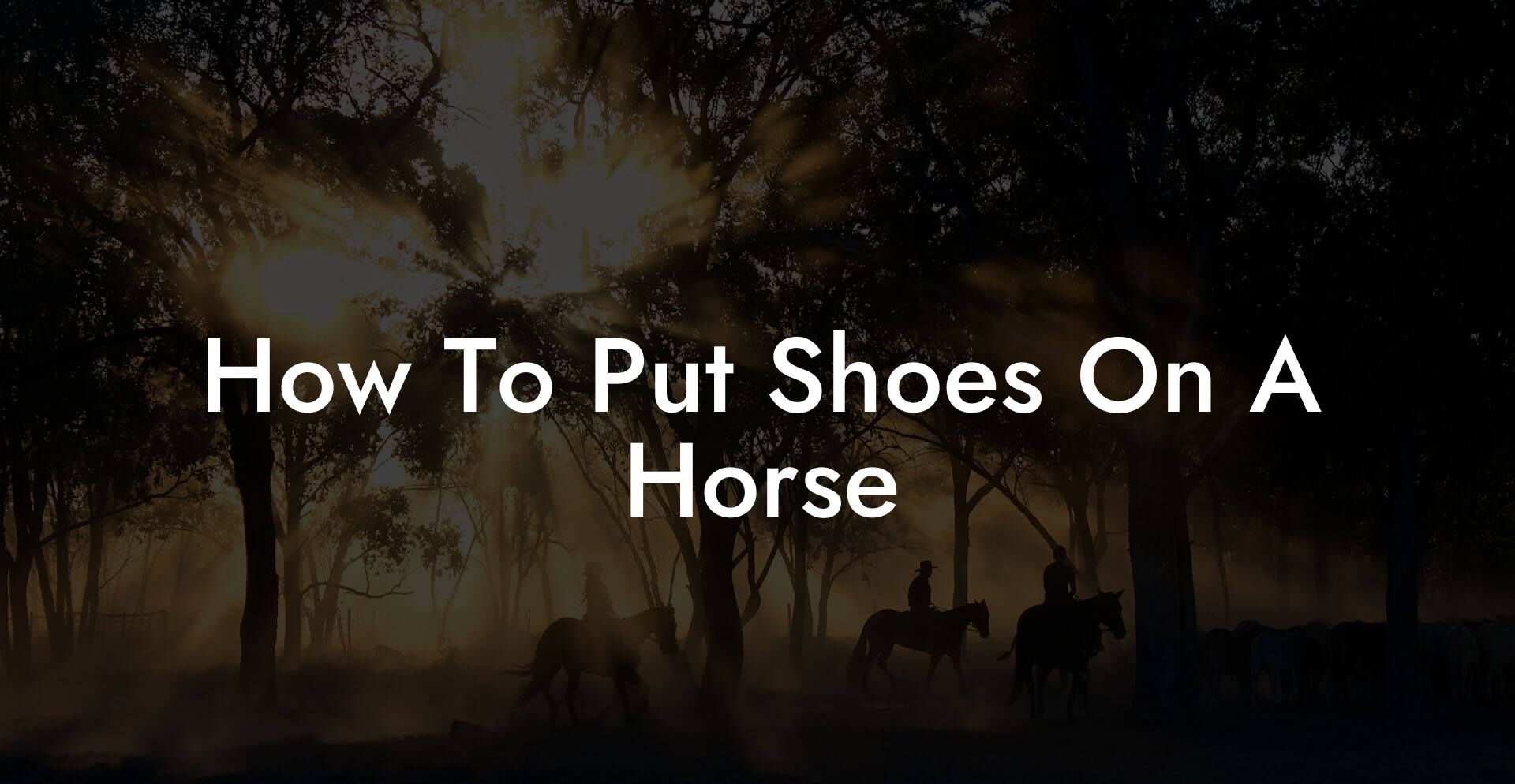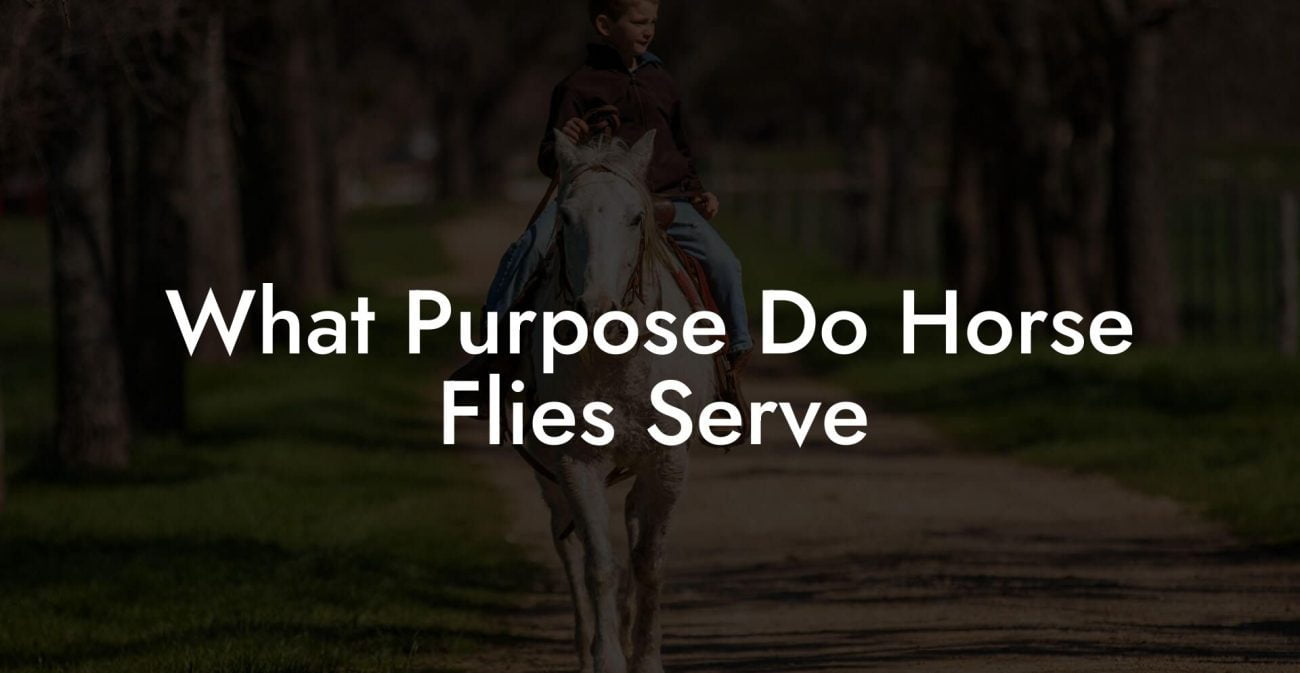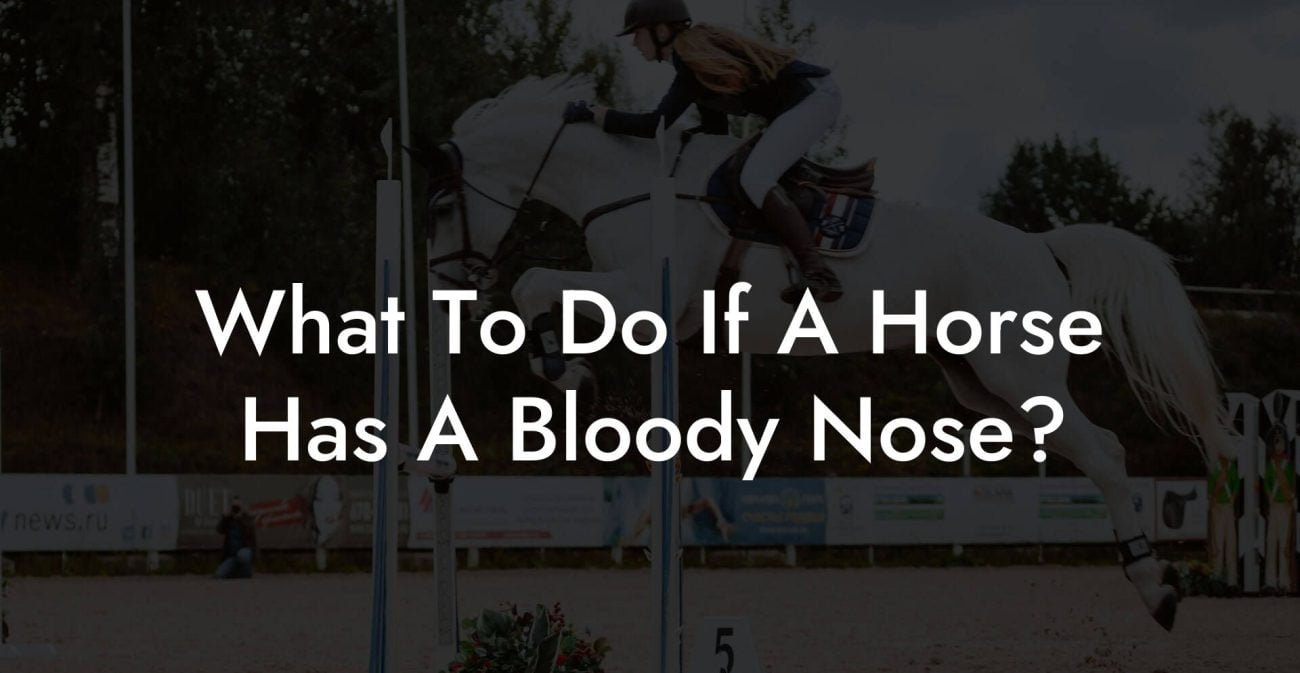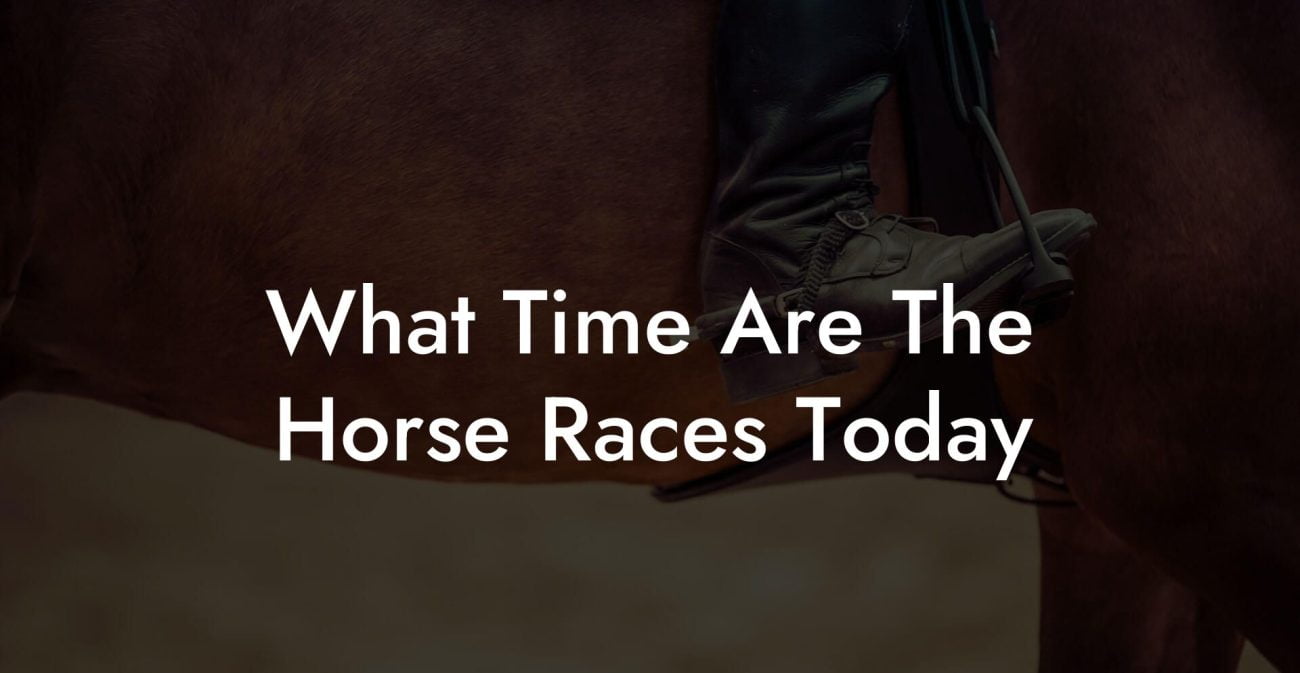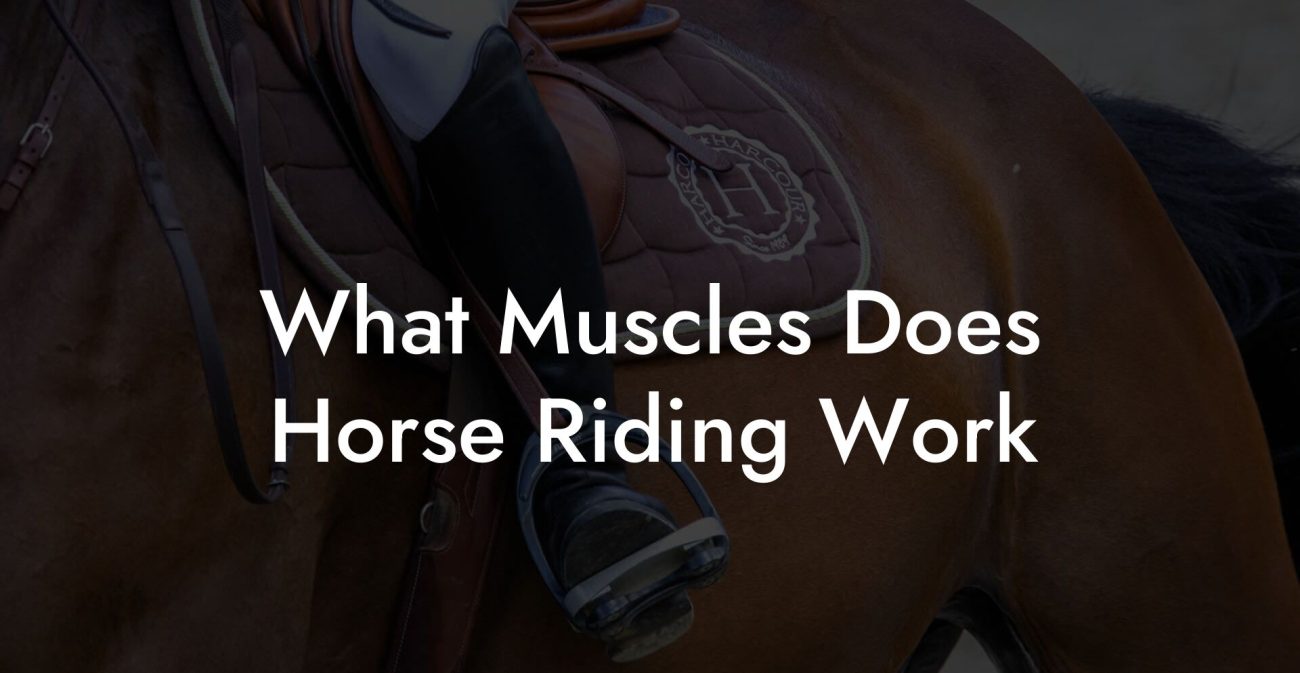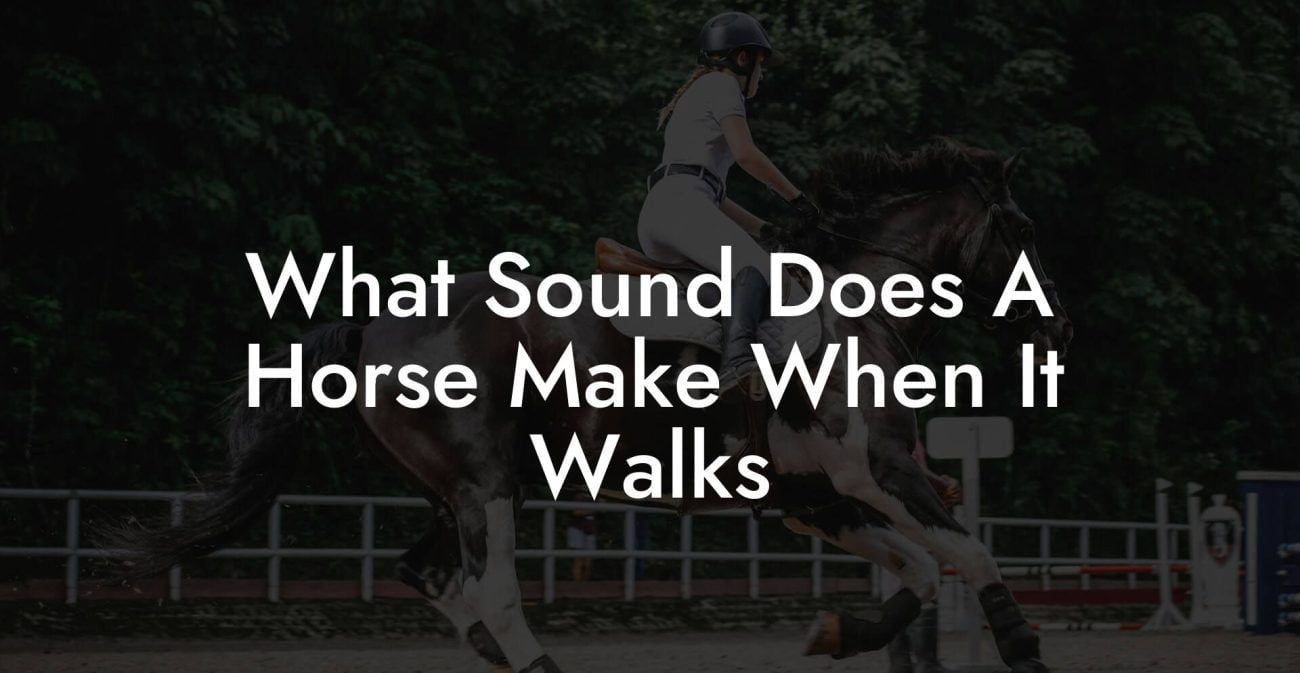Ever thought that putting shoes on a horse could be as challenging as finding the perfect meme for your mood? Buckle up, because this guide is your ultimate ride through the surprisingly intricate, and occasionally hilarious, world of equine shoeing. Whether you’re a newbie horse owner, a DIY enthusiast, or just someone who’s ever paused to wonder how far-fetched equestrian trends can be, get ready for an adventure blending ancient craft with modern flair. We’re about to break down everything you need to know about how to put shoes on a horse in a way that’s as straightforward, informative, and entertaining as scrolling through your favorite social feed.
Quick Links to Useful Sections
- What Are Horse Shoes and Why Do They Matter?
- Why Do Horses Need Shoes? The Science and Style Behind Hoof Protection
- Essential Tools and equipment for Horse Shoeing: Your Farrier’s Toolkit
- The Must-Have Items
- Step-by-Step Process: How to Put Shoes on a Horse
- Step 1: The Initial Inspection
- Step 2: Cleaning and Trimming
- Step 3: Shaping and Filing
- Step 4: Selecting the Right Shoe
- Step 5: Fitting and Positioning
- Step 6: Nailing the Shoe
- Step 7: Finishing Touches and Post-Shoe Inspection
- Common Mistakes and Pitfalls to Avoid in Horse Shoeing
- Caring for Your Horse's Hooves After Shoe Fitting
- The Role of the Farrier: When and Why to Call in a Pro
- Integrative and Holistic Horse Care: Beyond Just Shoeing
- Resources and Community Support: Your Next Steps
- Frequently Asked Questions About How to Put Shoes on a Horse
- Your Journey to Mastering Equine Shoeing
What Are Horse Shoes and Why Do They Matter?
Horse shoes aren’t just a fashion statement for your four-legged friend, they’re a necessity for the well-being of many horses. These metal (and sometimes composite) pieces protect hooves from the wear and tear of daily adventures, whether your horse is pulling off a graceful canter or trotting through rocky terrain.
Historically, farriers (the original equine influencers) started shoeing horses to prolong their working lives and provide traction, safety, and support. Today, while modern hoof care has evolved, the fundamental benefits remain the same. A well-shod horse not only has enhanced durability for its hooves but can also experience improved comfort and reduced risk of injuries. So, while it might seem like an archaic ritual, understanding the art of horse shoeing is essential for any equine caretaker looking to keep their ride in tip-top shape.
In the world of equine care, "how to put shoes on a horse" is a hot topic that intersects with everything from traditional farriery to ultra-modern hoof health maintenance. It’s all about balancing practicality, precision, and a little bit of personality, you’re not just protecting a hoof; you’re nurturing a living, breathing partner in countless adventures.
Why Do Horses Need Shoes? The Science and Style Behind Hoof Protection
You might be wondering, why not let a horse go barefoot? After all, nature intended these magnificent creatures to gallop freely. The truth is, while wild horses do fine without shoes, domesticated horses often face environments that are harsher than Mother Nature intended. Concrete stalls, rocky pastures, and uneven terrain can turn hooves into cracked, sore, or even dangerously compromised structures.
Horse shoes serve multiple vital functions:
- Traction Maximizer: Shoes provide extra grip, much like the sneakers you sport on a rainy day. This extra traction is crucial on slippery or rugged ground.
- Hoof Protection: They act as a barrier between harsh surfaces and the vulnerable hooves. Think of them as tiny, metallic umbrellas shielding your horse’s feet from the storm of everyday wear.
- Structural Support: Shoes help distribute a horse’s weight evenly, reducing the strain on the hoof wall and internal structures. This is not just about keeping the hoof intact; it’s about ensuring long-term comfort and mobility.
- Performance Enhancement: In equestrian sports, specialized shoeing can improve performance by offering tailored support, balance, and even adding that extra snap of speed.
The blend of function and form in horseshoe design is truly fascinating. Today’s farriers have an arsenal of materials and techniques at their disposal, from traditional forged steel to innovative synthetic composites, each designed to provide the perfect balance of protection and performance.
So, whether your horse is a weekend trail blazer or a competitive show jumper, understanding the necessity behind hoof protection is a game-changer for long-term equine health.
Essential Tools and equipment for Horse Shoeing: Your Farrier’s Toolkit
Before diving into the step-by-step process of shoeing a horse, let's talk about the gear that makes the magic happen. Just as a sculptor wouldn’t show up to the studio without their chisels and hammers, so too does a farrier need a well-stocked toolkit to ensure every hoof gets the care it deserves.
The Must-Have Items
Here’s a rundown of the key instruments and equipment:
- Hoof Knife: Used for cleaning and trimming away excess hoof wall and debris. Think of it as the starter tool for creating a clean canvas.
- Hoof Nippers: These are the scissors of the hoof care world, essential for trimming off bits of overgrown hoof. Sharper than any pair of scissors you have at home!
- Rasp and Nippers Set: A rasp smooths out rough edges after trimming, while additional nippers help round off the process.
- Horseshoes: The stars of the show! Available in a range of sizes and materials, proper selection ensures maximum comfort and protection.
- Hammer and Anvil: Think of these as the bread and butter. The hammer secures the shoe with nails, and the anvil offers a sturdy surface to position the shoe correctly.
- Shoeing Nails: Specially designed nails crafted to fasten the shoe securely without harming the delicate structures inside the hoof.
- Measuring Tools: Rulers, calipers, or hoisting devices help measure the hoof dimensions for a precise fit.
- Protective Gear: Both you and your horse deserve to be safe, so donning proper gloves, boots, and even an apron can reduce the risk of accidental scrapes.
Pro tip: Many farriers now carry custom tool kits optimized for different hooves and horse temperaments. As you build your own toolkit, don’t be afraid to experiment with new technology, after all, who said traditional has to be boring?
With these tools in your belt (or tool bag), you’re all set to explore the step-by-step process of the farrier’s art and master “how to put shoes on a horse” like a well-seasoned pro.
Step-by-Step Process: How to Put Shoes on a Horse
Alright, time to dive into the nitty-gritty! The process of shoeing a horse demands a blend of expertise, patience, and maybe even a dash of humor when things don’t go exactly as planned. Whether you’re shadowing a veteran farrier or just binge-watching equestrian tutorials on YouTube, here’s a comprehensive breakdown:
Step 1: The Initial Inspection
First things first, examine the hoof like you’re reading your favorite trending blog post. Look for cracks, splits, or uneven wear. Assess if the horse’s hoof is healthy or if it needs a trim and some TLC before fitting a new set of shoes.
Modern equine care emphasizes regular inspections. Document any issues using photos or notes; this not only helps you track progress but also gives your farrier a solid baseline for action.
Step 2: Cleaning and Trimming
Once you’ve scoped out the hoof conditions, it’s time to clean up the place. Remove any dirt, stones, or debris using a hoof pick and brush. It’s like spring cleaning for horse hooves!
After cleaning, get in there with your hoof knife and nippers to trim away the excess. The goal here is to achieve a uniform, smooth surface which is essential for a perfect shoe fit. Remember, precision is key, rushing this step can lead to an improperly fitted shoe and discomfort for your horse.
Step 3: Shaping and Filing
With the bulk of the debris gone, use a rasp to fine-tune the hoof’s edge. This step is crucial in creating an optimal surface for attaching the horse shoe. It’s as satisfying as smoothing out your weekend project and getting that perfect, sleek finish.
During this phase, compare the shape of the hoof to the shape of the shoe. It’s a bit like pairing the perfect outfit, you want everything to align perfectly for both style and comfort.
Step 4: Selecting the Right Shoe
Now comes one of the most underrated decisions: picking the right shoe. Horseshoes come in various sizes, materials, and designs, each with its own advantages, whether you’re after durability, traction, or simply a bit of flair. Consider the horse’s activity level and terrain when making your selection.
For instance, a horse that spends most of its time on gravel paths might require a shoe with extra grip, while a dressage horse might benefit from a lighter, more flexible option. Consult with your farrier or do your homework to select the best option for your equine companion.
Step 5: Fitting and Positioning
With the perfect pair of shoes in hand, it’s time to align them with the hoof. Place the shoe onto the trimmed hoof to confirm the fit, it should sit snugly without any wobbling. This is like test fitting a pair of custom sneakers; comfort and precision are non-negotiable.
Adjusting the shoe may involve a bit of filing to ensure that the curve of the shoe mirrors the natural curve of the hoof. This step not only enhances comfort but also ensures that weight is distributed evenly across the hoof.
Step 6: Nailing the Shoe
Here comes the moment of truth. Secure the shoe using specialized horseshoeing nails. The process is precise: the nails must be positioned to avoid sensitive areas within the hoof, yet firm enough to anchor the shoe in place. This is the part where modern technology meets old-school skill, using a tiny hammer and an expert’s steady hand to make sure everything fits perfectly.
It’s important to keep the horse calm during this process. Many farriers employ soothing talk or even play some chill background tunes to help the horse relax. After all, nails may be small, but the process is grand in its precision!
Step 7: Finishing Touches and Post-Shoe Inspection
Once the nails are in place, trim away any sharp ends for the horse’s safety. Give the hoof one last check to ensure that the shoe is secure and that there are no loose nails or areas of irritation. This final inspection is like the mic-drop moment in a viral TikTok video, everything needs to be flawless before the applause.
Encourage your horse to take a slow walk to test the new shoes, and monitor its gait for any irregularities. A well-fitted shoe should allow your horse to move gracefully and confidently, ready for the next adventure.
And there you have it, a step-by-step guide to understanding the art and science behind “how to put shoes on a horse.” With the right tools, patience, and a dash of creativity, this age-old craft can be both a rewarding DIY project and a critical component of equine health.
Common Mistakes and Pitfalls to Avoid in Horse Shoeing
In every DIY journey, there are pitfalls waiting to trip you up, especially when working on something as delicate as a horse’s hoof. Here are some common mistakes that even seasoned riders sometimes make, along with tips to sidestep them:
- Rushing the Process: Just like editing the perfect Instagram post, precision is key here. Skipping thorough cleaning or trimming can lead to an ill-fitting shoe, causing discomfort or even injury to your horse.
- Using the Wrong Tools: Attempting to substitute a hoof knife for an all-purpose cutter is a big no-no. Investing in high-quality, specialized tools is a must for safe and effective shoeing.
- Poor Measurements: Every hoof is unique. Failing to measure accurately can lead to a shoe that doesn’t properly align with the hoof, akin to wearing shoes that are two sizes too small on a night out.
- Neglecting the Horse’s Behaviour: Horses are as much a part of the process as the tools. Not paying attention to signs of discomfort or agitation can derail the process and put everyone at risk. Remember, a calm horse is a happy, cooperative partner.
- Over-Nailing: Each nail has its place. Overdoing it not only risks damaging the hoof but can also cause unnecessary pain, a situation nobody wants, whether you’re a human or equine.
- Skipping the Post-Shoe Check: Never underestimate the importance of a final inspection. Ensuring every nail is properly finished and that the shoe sits securely is essential for safety and longevity.
Learning from the mistakes of others (and maybe a few humorous misadventures of your own) helps refine your technique and ensures that every shoeing session is a step toward flawless equine care.
Caring for Your Horse's Hooves After Shoe Fitting
The journey doesn’t end once the shoes are in place. Post-shoe care is as important as the procedure itself, ensuring that the hooves remain healthy and that the shoes continue to serve their purpose effectively.
Here are some tips for post-shoe maintenance:
- Regular Cleaning: Just as you’d wash your trendy kicks after a long day out, keep your horse’s hooves clean. Remove dirt and debris frequently to prevent infections or irritations.
- Monitor the Fit: Over time, a horse’s hoof will naturally change shape. Regular check-ups can help ensure the shoes aren’t causing discomfort or restricting natural hoof movement.
- Check for Injuries: Keep an eye out for any signs of injury or irritation around the nail placement. Early detection can mean the difference between quick care and prolonged issues.
- Scheduled Farrier Visits: Even if you’re a DIY enthusiast, having a professional inspect the work every few months can catch small issues before they become big problems.
- Proper Diet and Hydration: Believe it or not, nutrition plays a role in hoof health too. A well-balanced diet and ample water intake contribute to stronger, more resilient hooves.
Integrating these practices into your routine not only prolongs the life of each shoeing session but also reinforces your commitment to high-quality, holistic horse care.
The Role of the Farrier: When and Why to Call in a Pro
Even the most intrepid DIYers sometimes need a helping hand, and when it comes to shoeing horses, the farrier is the ultimate equine care MVP. Farriers are skilled professionals who have honed their craft over years of study and practice. They not only understand the technical details of shoeing but also the nuances of hoof anatomy and equine behavior.
Here’s why calling in a farrier might be your best bet:
- Expertise: Farriers combine practical experience with a deep understanding of hoof science. Their expertise is invaluable when dealing with complicated cases or uniquely shaped hooves.
- Safety: Working on a live horse can be unpredictable. Professional farriers are equipped with the skills and tools to minimize risk, ensuring both you and your horse remain safe throughout the process.
- Efficiency: What might take a DIY novice hours to figure out can often be accomplished in a fraction of the time by a seasoned farrier. This means less stress for you and more comfort for your horse.
- Follow-Up Care: Professionals offer valuable follow-up services, ensuring that the shoeing remains effective and that any issues are promptly addressed.
Remember, calling in a pro isn’t admitting defeat, it’s about giving your horse the best care possible. And sometimes, that means accepting that even the most well-informed DIYers can benefit from expert guidance.
Integrative and Holistic Horse Care: Beyond Just Shoeing
In today’s fast-paced, interconnected world, holistic horse care has become a buzzword among Gen-Z and millennial equine enthusiasts. Much like integrative wellness practices for humans, holistic horse care is about looking at the whole picture, from diet and exercise to mental well-being and environmental enrichment.
When it comes to shoeing, a holistic approach can make all the difference:
- Regular Exercise and Proper Movement: A horse that moves well will distribute weight better, reducing the strain on its hooves. Think of it as keeping your own body active to ward off stiff muscles.
- Nutrition for Strong Hooves: Adding supplements like biotin, omega-3 fatty acids, and vitamin E can boost hoof health. A balanced diet rich in quality hay, grains, and minerals ensures that hooves remain both robust and resilient.
- Environmental Enrichment: Create a stimulating pasture with varied terrain and safe obstacles. This not only promotes natural hoof wear and tear but also keeps your horse mentally engaged.
- Stress Reduction Techniques: Believe it or not, even horses can experience stress. Quiet, calm environments, gentle handling, and routine grooming sessions can all contribute to a happier, healthier horse.
Integrating these practices fosters a harmonious balance between physical care and overall well-being, ensuring that the process of shoeing is just one part of a comprehensive approach to equine health.
In a nutshell, looking after your horse holistically means considering every factor that influences its health, and that includes how to properly fit those shoes while nurturing its overall vigor and spirit.
Resources and Community Support: Your Next Steps
If you’re pumped to elevate your horse care game and master the art of shoeing, you’re not alone. The equine community is rife with resources, workshops, and support systems that can guide you every step of the way.
Here are some top recommendations for next steps:
- Join Equine Forums and Social Media Groups: Platforms like Reddit’s r/equine, Facebook’s horse care groups, and even Instagram communities are treasure troves of practical advice, personal stories, and troubleshooting tips. Engage with seasoned farriers and DIY enthusiasts alike, share your experiences, and learn from others in a supportive environment.
- Attend Workshops and Webinars: Keep an eye out for local farrier workshops or online webinars on hoof care and shoeing techniques. These sessions offer hands-on training as well as a chance to connect with experts whose insights can demystify even the trickiest parts of the process.
- Invest in Quality Reading Material: There are plenty of informative books and magazines dedicated to equine health and farriery. Whether you’re a visual learner with YouTube tutorials or a reader who enjoys in-depth articles, these resources provide a solid knowledge base for your journey.
- Consult a Professional: Lastly, never hesitate to consult with a professional farrier if you’re uncertain about any aspect of the process. Their expertise is an invaluable resource as you build your confidence and skill set.
These resources not only boost your expertise but also integrate you into a vibrant community that shares your passion for horse care. Whether you’re troubleshooting a tough trim or celebrating a flawless fitting, remember that every expert was once a beginner, and the community is here to help you thrive.
Frequently Asked Questions About How to Put Shoes on a Horse
Here are some of the most commonly asked questions by aspiring farriers and passionate horse owners, answered in a manner that’s both straightforward and refreshingly down-to-earth.
1. Is it safe for a non-professional to attempt putting shoes on a horse?
While basic hoof care can be learned, proper horseshoeing is a skilled craft. It’s safest to consult an experienced farrier for complex cases or if you’re just starting out. Learning the basics is fine for maintenance, but always prioritize your horse’s safety.
2. How often should a horse get new shoes?
Typically, horses require shoeing every 4-6 weeks, depending on their activity level and hoof growth rate. Regular check-ups help determine if the shoe needs readjustment or replacement.
3. Can I use DIY video tutorials as a substitute for professional training?
DIY tutorials are fantastic for initial learning and understanding the process. However, nothing beats hands-on training with a professional. Consider them as a starting point, but eventually, professional guidance is key.
4. What are the risks of improper shoeing?
Improper shoeing can lead to discomfort, lameness, or even long-term hoof damage. That’s why attention to detail and proper technique are absolutely vital.
5. Are there any alternatives to traditional metal horseshoes?
Yes! There are plastic, rubber, and composite alternatives available, tailored to specific needs such as improved shock absorption or extra grip on slippery surfaces.
6. How does proper hoof care tie into overall horse health?
Healthy hooves are the foundation of a happy, resilient horse. Regular shoeing, trimming, and holistic hoof care support mobility, reduce stress on internal structures, and enhance overall performance.
7. What should I do if I notice issues after shoeing?
Contact your farrier immediately if you observe any signs of discomfort, uneven gait, or swelling. Prompt attention can prevent minor issues from evolving into major problems.
Your Journey to Mastering Equine Shoeing
Mastering the art of putting shoes on a horse is more than just a technical skill, it’s a journey that combines tradition, innovation, humor, and genuine care for your horse’s well-being. As you integrate these practices into your routine, remember that every attempt, every slight adjustment, and every learning moment adds to your overall expertise.
The process might seem daunting at first, like deciphering the latest viral slang or pulling off a quirky dance challenge in front of your friends, but step by step, you will gain both confidence and skill. Embrace the small victories (like a perfectly trimmed hoof or a smooth nail set) and don’t be discouraged by the occasional setback.
Whether you’re aspiring to become the next farrier superstar or you’re simply looking to give your horse the best care possible, this guide offers you the tools, insights, and community support you need to succeed. Your journey to mastering equine shoeing is both practical and personal, a testament to your commitment to your horse’s health and to preserving an age-old tradition with a fresh, modern twist.
So gear up, get inspired, and take pride in every nail hammered and every hoof cared for. Your four-legged friend will thank you with every graceful trot and every joyful gallop. May your efforts lead to healthier hooves, greater equine happiness, and a deeper connection built on trust, care, and a sprinkle of humor.

